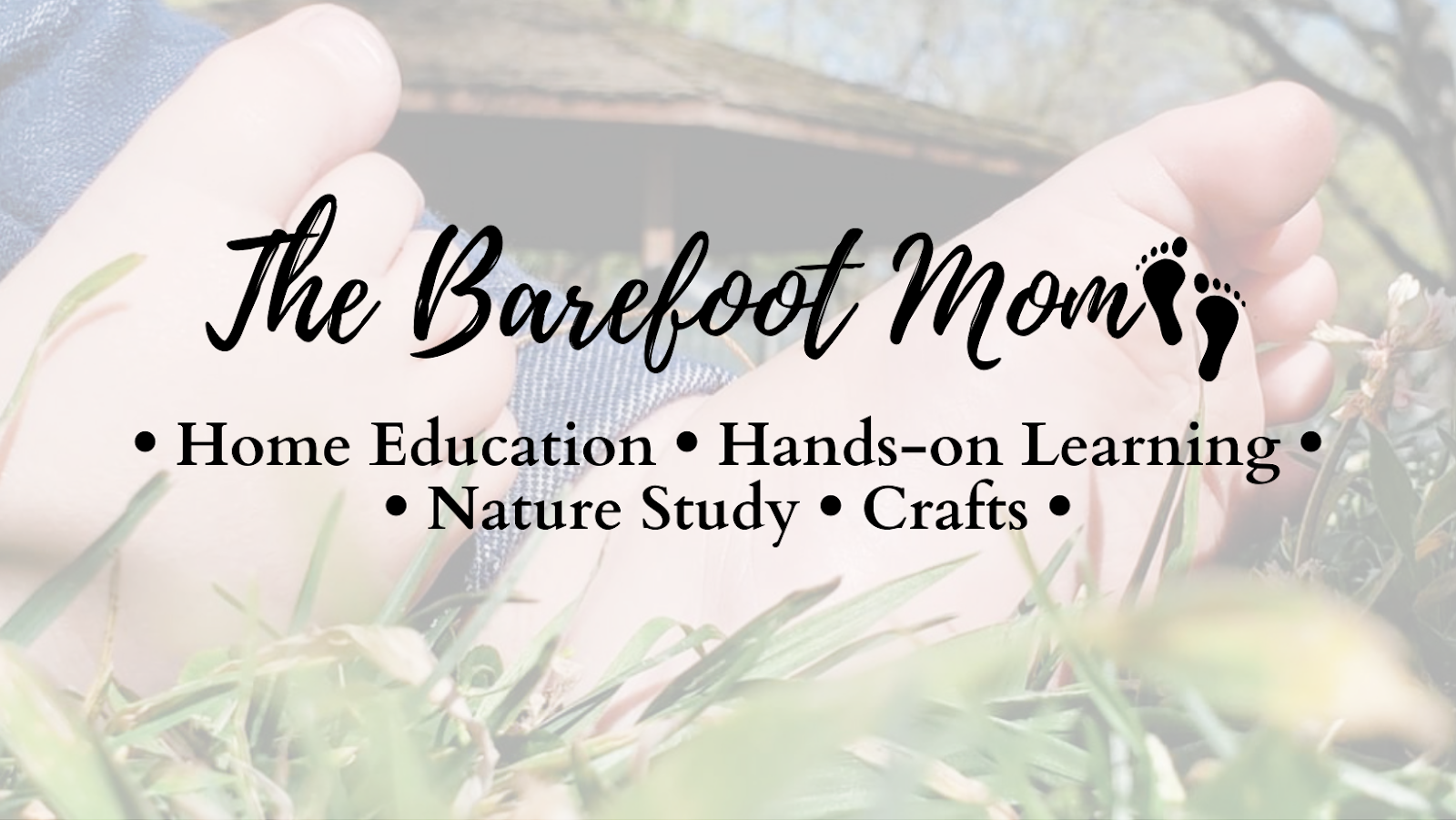Earth's water is always in movement through a cycle known as the water cycle (aka tge hydrologic cycle). Learn all about this fascinating cycle with this printable, 10-page mini study. This pack includes a water cycle diagram, a cloud type diagram, an interactive water cycle wheel activity, a crossword puzzle, vocabulary words, two informational reading sheets, instructions for hands-on activities, and a list of additional resources to check out. For more resources about weather and the water cycle, check out this blog post: Weather Science: Activities and Resources for Kids If you liked this post, be sure to check out: Printable Mushroom Mini Study Follow me on Facebook Instagram Pinterest Teachers Pay Teachers
